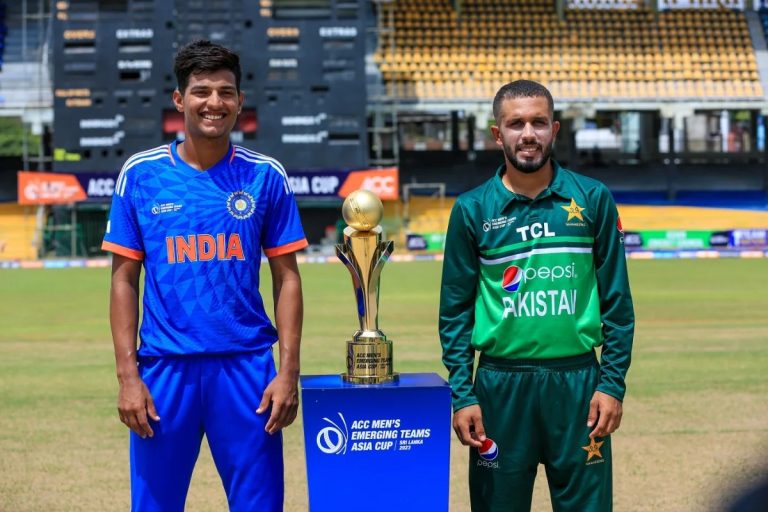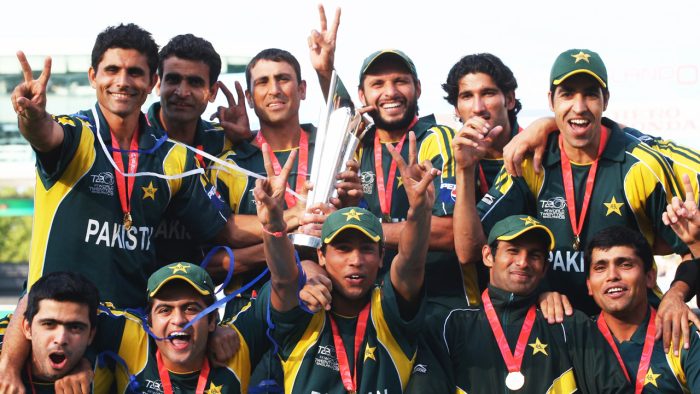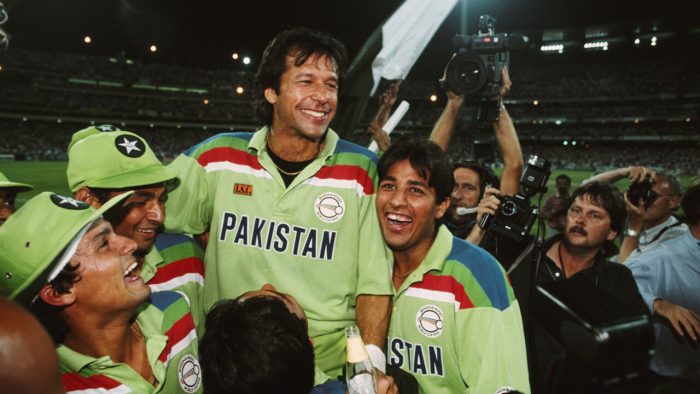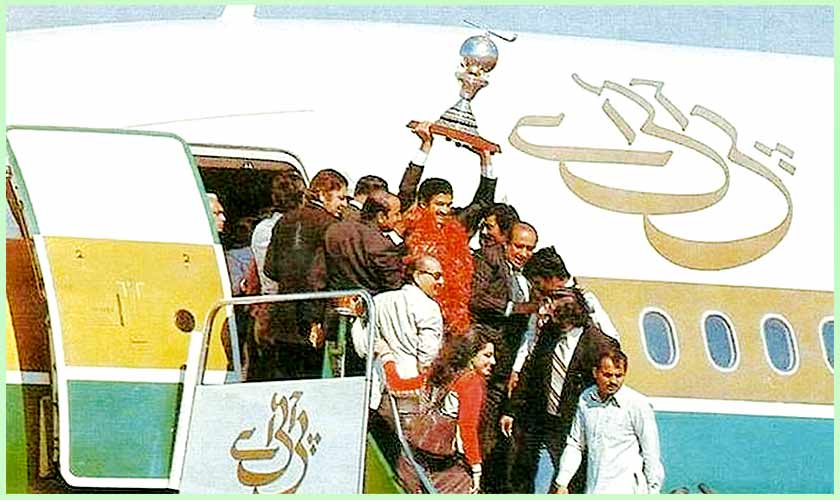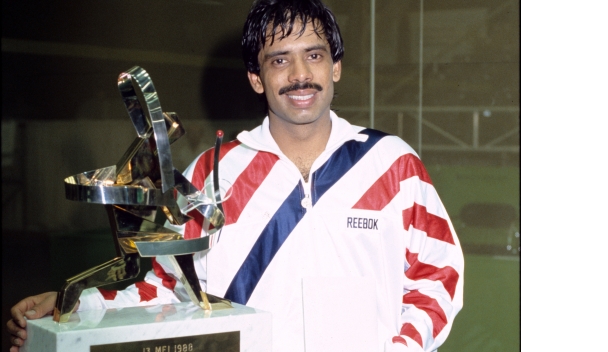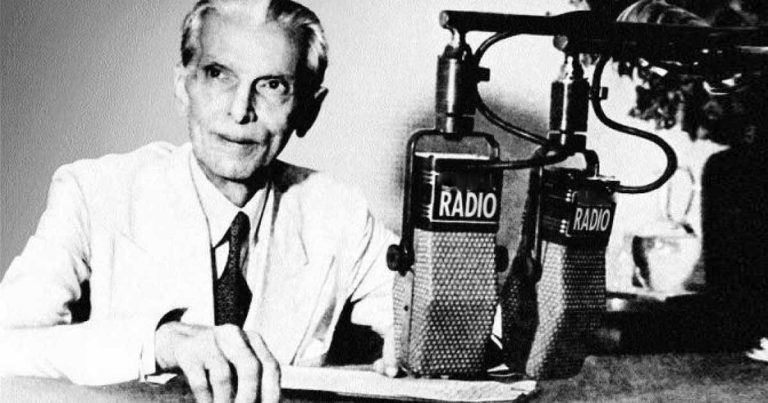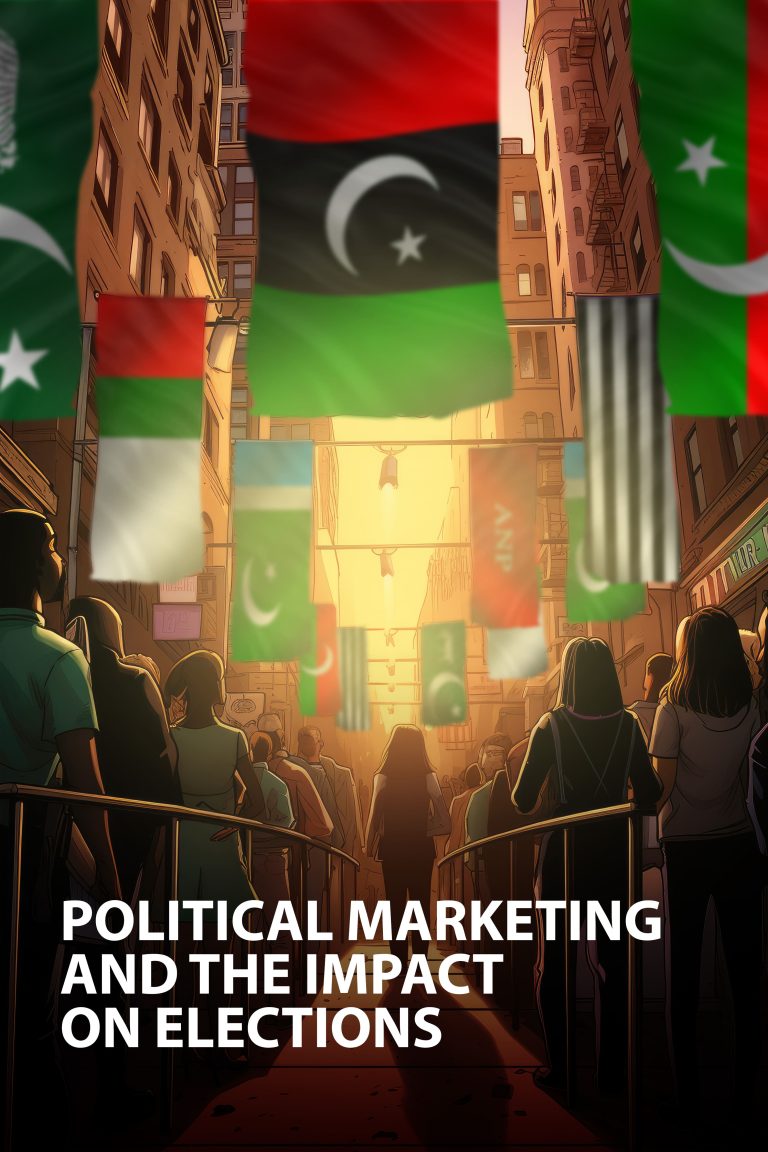In the past few years, the realm of sports marketing has undergone a profound transformation, moving beyond traditional and cultural boundaries to embrace a more equitable and inclusive approach. One of the critical dimensions of this transformation is the pursuit of gender parity in sports marketing.
As societies around the globe are striving for greater gender equality, the sports industry has recognized the significance of ensuring equal representation and opportunities for all genders within its marketing strategies. This article explores the significance of gender parity in sports marketing, highlighting the progress made, the challenges faced, and the way forward.

The significance of gender parity in sports marketing goes beyond being just a moral imperative. However, it is also a strategic decision that produces several benefits. Firstly, it reflects the values of inclusivity and diversity, resonating with a broader audience and nurturing a positive brand image. When brands showcase a commitment to gender equality, they engage with consumers who are increasingly conscious of the social issues they are dealing with and are more likely to support businesses that align with their values. Women have not been adequately represented in leadership roles in sports, whether as coaches, senior staff, or decision-makers in administrative circles or boardrooms. However, sports have the potential to cultivate and nurture women as influential leaders.
According to research conducted by Ernst & Young, 94% of C-suite women had a background in sports, with 52% participating at the university level. Additionally, participating in sports offers young girls advantages such as confidence, enhanced teamwork abilities, and the development of leadership skills. The facts are evident: Encouragement of girls’ engagement in sports would contribute to achieving greater fairness in the professional sports arena.
The issue of gender discrimination has been closely linked to the suppression of the participation of women in sports. In the past few decades, significant progress has been achieved by women in terms of women’s participation in both elite and recreational sports. However, evidence suggests that the realm of sports remains influenced by gender distinctions. A finding of macro-social research on the international elite participation in sports explained that the success and participation of women in international elite sports are strongly connected to the national gender regimes.
International sports governing organizations, like the International Olympic Committee (IOC) and the International Football governing body (FIFA), have undertaken endeavours to boost women’s sports involvement and participation. However, these initiatives do not direct that these bodies have ceased the organizational hegemony of men. The measures taken to enhance women’s sports might merely stem from a quest for new customers in the increasing entertainment market of sports. However, there is evidence that these promotional initiatives have inspired more women, leading to more women participating in elite-level sports.
Beginning in the mid-1990s, there was a noticeable rise in the involvement of women in sports, encompassing both their roles as athletes and spectators. This coincided with the growing recognition of women as consumers. Consequently, brands began to adopt marketing strategies that targeted women by featuring sportswomen in their advertising campaigns.
Previous studies have indicated that advertisements related to sports products or themes often present gender in a highly stereotypical manner. Researchers have observed that these advertisements tend to emphasize the sexuality of female athletes rather than their athletic abilities. Furthermore, it has been found that in approximately 45% of cases, models are utilized to depict sportswomen in these advertisements instead of using actual female athletes.

The majority of television advertisements are 30 seconds in duration or less, and these advertisements are particularly prone to employing gender stereotypes due to their effectiveness in swiftly conveying messages to viewers.
Multiple theoretical and methodological approaches have been used to analyze gender discrimination in international elite sports. Exploring the historical aspects of women’s participation in sports, studies have shown how exclusionary factors based on medical, aesthetic, and societal reasons have historically marginalized women from sports participation. Pierre de Coubertin, the founder of the modern Olympic Movement, believed that sports for women were ‘impractical and uninteresting.’ He also added that he would not hesitate to use the word ‘improper.
The early Olympic Games witnessed efforts to limit women’s participation, but during the interwar period, a shift occurred in women’s participation that started to increase. Moreover, men aimed to retain control over women’s sports to prevent them so that they do not exceed men’s sports as far as popularity is concerned.
Post-World War II, societal, economic, and legal transformations increased women’s participation in elite sports. During the 1970s and 1990s, the global women’s sports movement gained traction, culminating in the inaugural World Conference on Women and Sport in 1994, hosted in Brighton. This event resulted in an international agreement to advance gender-equitable sports and physical activity systems. The International Olympic Committee (IOC) endorsed the “Brighton Declaration.” Consequently, since the late 19th century, women have secured the right to compete in all sporting disciplines at the Olympic Games. A notable milestone was reached at the 2018 Winter Olympic Games in PyeongChang, where more medal events were held for women than men. Nonetheless, it’s important to note that while women now have access to all Olympic sporting disciplines, there remain certain events in which their participation is restricted. For instance, in athletics, women were not allowed to compete in the race walk of 50 km until 2017, unlike the 20 km race walk.
Moreover, gender-balanced marketing campaigns have a broader appeal where they can attract both male and female consumers, broadening a brand’s customer base and potentially leading to increased revenue. By dismantling traditional gender stereotypes and embracing a more diverse representation of athletes and fans, sports marketing campaigns become relatable to a broader range of individuals.
As far as progress is concerned in recent years, the sports industry has made commendable strides toward achieving gender parity in its marketing efforts. One notable advancement is the increased visibility of female athletes. Historically, male athletes dominated the sports media landscape, but today, female athletes receive more coverage than before, endorsement prospects, and representation in marketing campaigns. This transformation has provided much-needed recognition to female athletes and shattered the perception that sports are predominantly a male domain.
Several brands have taken bold steps to challenge gender norms and stereotypes through their marketing endeavors. Nike’s “Dream Crazier” campaign with the hashtag #JustDolt emphasized the strength and resilience of female athletes while addressing the biases they face. This campaign flashed conversations about gender equality and inspired many other brands to follow suit.
Corporations have found many new ways and are still trying to connect with their consumers to brand themselves with the concept of socially progressive. Historically, most corporations resisted working on controversial topics. But now, it’s becoming common for corporates to get along with the trend and enter the sociopolitical sphere known as ‘brand political activism. With the adoption of this concept, the corporates use their cultural power and brand to adopt a non-neutral position on any controversial issue. Hence, this has become one of the most used marketing techniques. The corporations also take on brand activism ideas related to genders or sexes, which are progressive and inclusive, leading them to create advertisements with messages that 22 28 include more people who have never been underrepresented in sports before.
Therefore, corporations have begun to address these controversial social issues in order to attract consumers from groups that have been affected by such issues. Consequently, people are drawn in, making the sports platform more welcoming to a wider audience.

Despite the progress, achieving gender parity in sports marketing is challenging. One persistent issue is the gender pay gap, which is a significant issue that extends to endorsement deals and sponsorships. Female athletes, on average, earn significantly less from endorsements than their male counterparts. This reflects a broader societal problem and hinders the growth of female sports representation in marketing campaigns.
Additionally, gender stereotypes are deeply ingrained in the collective consciousness, making creating and executing genuinely inclusive marketing strategies challenging. Overcoming these stereotypes requires a concerted effort to challenge preconceived notions and actively promote more diverse and authentic portrayals of athletes and fans.
The Way Forward:
To continue advancing gender parity in sports marketing, employing several strategies can work:
Equal Investment:
Brands and sponsors should invest equitably in male and female athletes. This includes financial support and offers equal opportunities for endorsements and partnerships.
Diverse Representation:
Marketing campaigns should showcase athletes from all genders, backgrounds, and abilities. By embracing diversity, brands can resonate with a broader audience and break stereotypes.
Collaborative Initiatives:
Sports organizations, brands, and media outlets can collaborate to promote gender equality. Joint initiatives can amplify the message and create a more profound impact.
Education and Awareness:
Brands can actively contribute to challenging gender stereotypes through their campaigns, aiming to raise awareness and educate about the significance of gender equality in sports.
Long-Term Commitment:
Achieving gender parity requires a sustained effort. Brands should commit to ongoing efforts to challenge biases, support female athletes, and promote inclusivity.
Gender parity in sports marketing is not just a trend but a transformation reflecting the shifting landscape of sports and marketing. As brands progressively recognize the significance of inclusive and equitable campaigns, the path to gender equality in sports marketing becomes clearer. By dismantling stereotypes, promoting diversity, and investing equally in athletes of both or all genders, the sports industry can inspire positive change, foster broader engagement, and pave the way for a more inclusive future.

